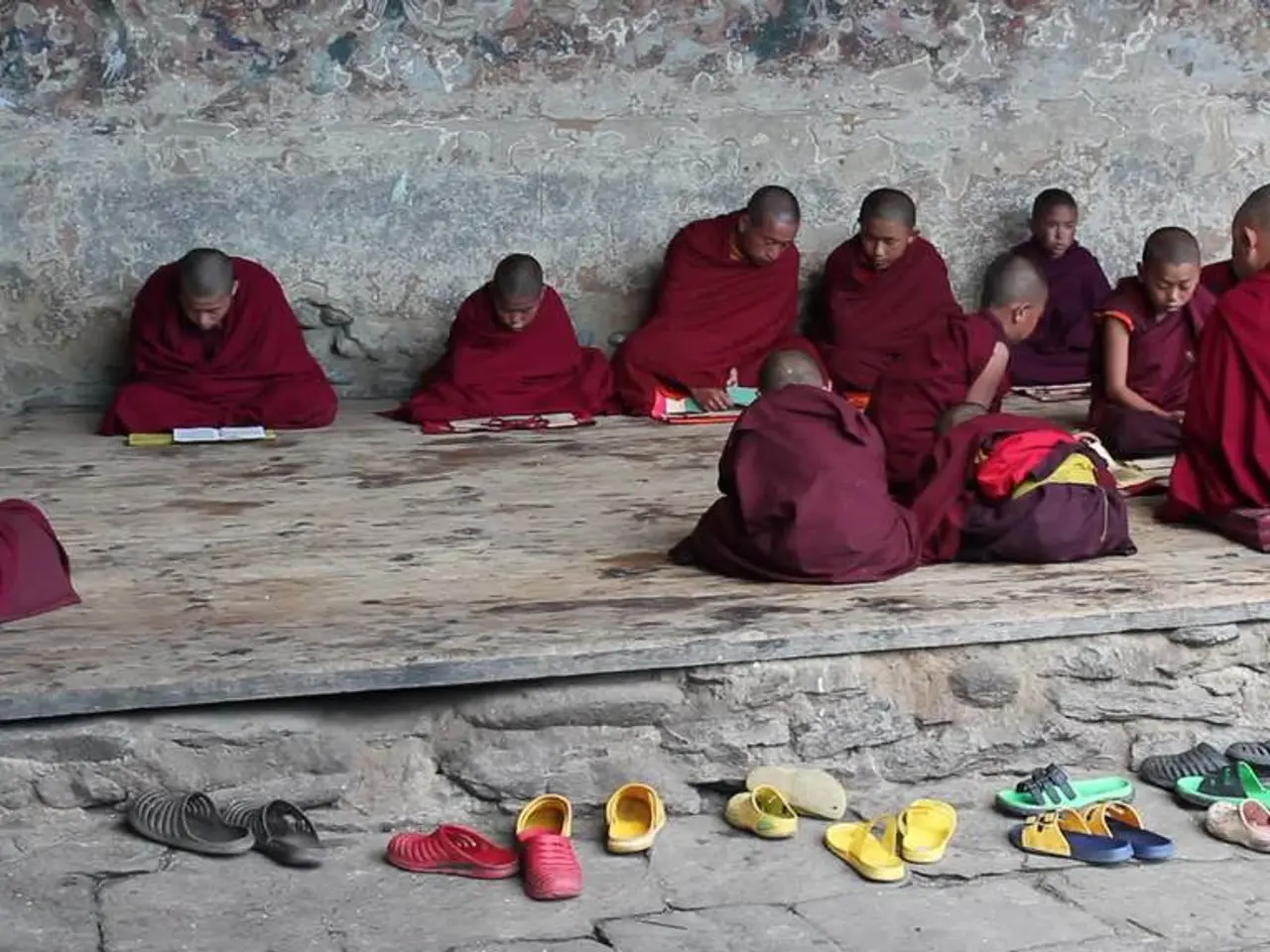Fading Tradition: Spiti's Final Amchis Struggle to Maintain a Fading Heritage
In the breathtaking landscapes of Spiti, a valley nestled within the Himalayas, lies a tradition that has endured for centuries - the Amchi system. Chhering Norbu, also known as Norbu ji, is a surviving Amchi from the Demul village, who carries on this ancient practice of Sowa Rigpa, the Ancient Science of Healing.
Norbu ji's journey began under the guidance of his family and senior Amchis from the valley. He mastered the intricacies of diagnosing illnesses and the art of healing, a practice that was formally structured into a course over 2500 years ago.
The Amchi system in Spiti operates on a barter system, with people offering what they can in return, such as a sack of rice or help when needed. This tradition reflects the close-knit community of Spiti, where time moves at its own pace, governed by its own rules, traditions, norms, and sense of order.
Unlike in Norbu ji's father's time, when only 24 Amchis were practising, currently, there are only 4-5 in Spiti. The knowledge of Sowa Rigpa is usually passed on from the father to the eldest son in the family. However, in recent times, daughters have also started learning and carrying on this practice.
The University of Ladakh and the Ministry of Ayush have taken initiatives to promote education and research facilities under the Sowa Rigpa Institute framework in Ladakh. This recognition and support aim to promote quality education and research facilities for the Amchi system.
The root tantra, rTsa rGyud, discusses the types of illnesses in present and future times, not just in humans but in animals as well. It also predicted the COVID-19 pandemic years before it happened. The Explanatory Tantra, bS`ad rGyud, delves deeper into ways of identifying illnesses through methods like pulse reading, urine observations, and genetic history. The third tantra, Man ngag rGyud, helps the student focus on the practical application of the first two tantras.
The Subsequent Tantra, Phyi ma rGyud, focuses on the identification of medicinal plants and the making of medicines. It tells which medicine to use for what and the quantity that should be prescribed to a patient.
Norbu ji feels a deep sense of responsibility to keep the Amchi tradition alive. He views it as a way of honoring his ancestors, serving his community, and ensuring the tradition doesn't fade away. He was encouraged by the village deity to continue his practice as the valley's Amchi.
Norbu ji's father passed away about two years after he started practicing as an Amchi. If there isn't a direct heir, the knowledge usually gets passed along to other children in the extended family.
The Amchi system in Spiti is a testament to the resilience of traditional practices and the dedication of individuals like Norbu ji, who strive to preserve and continue these ancient healing methods.
Read also:
- Understanding Hemorrhagic Gastroenteritis: Key Facts
- Stopping Osteoporosis Treatment: Timeline Considerations
- Tobacco industry's suggested changes on a legislative modification are disregarded by health journalists
- Expanded Community Health Involvement by CK Birla Hospitals, Jaipur, Maintained Through Consistent Outreach Programs Across Rajasthan







